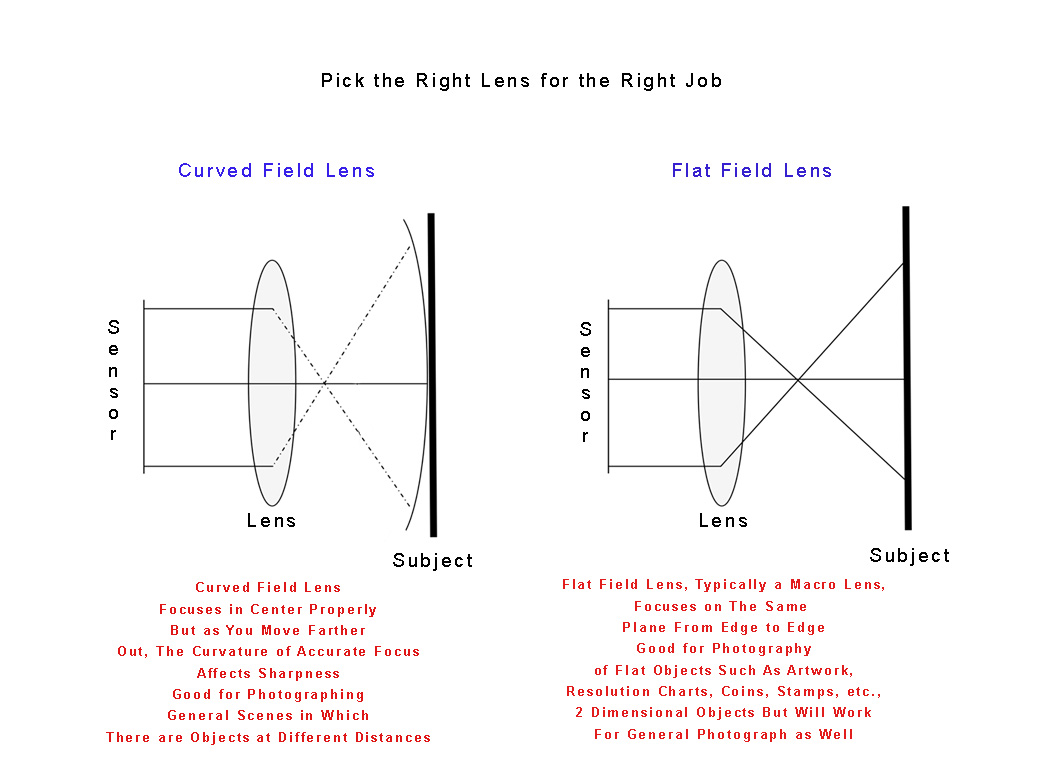
Source: The Wandering Lensman
Understanding Field Lenses in Optical Systems
Introduction to Field Lenses
Field lenses play a crucial role in optical systems by expanding the field of view. They are used in various applications, such as telescopes and illumination systems, to address specific optical challenges. Although the term “field lens” does not describe a particular shape or type of lens, it refers to its functional role in enhancing the optical performance of a system.
Field Lenses in Telescopes
Keplerian Telescope Design
A Keplerian telescope, a common type of optical telescope, consists of two lenses: the objective lens and the ocular or eyepiece. The primary purpose of this setup is to provide angular magnification for observing distant objects. This magnification is determined by the ratio of the focal lengths of the objective and ocular lenses. However, using a small focal length ocular lens to achieve high magnification can limit the field of view due to the finite size of the ocular lens.
Addressing Vignetting with Field Lenses
Vignetting occurs when some rays from off-axis object points cannot pass through the ocular lens, reducing the field of view. To mitigate this, a field lens can be introduced at the intermediate image plane. This lens bends the rays from off-axis points towards the ocular, allowing them to pass through and effectively expanding the field of view without altering magnification.
Considerations for Field Lens Placement
Positioning a field lens in the image plane can introduce challenges, such as visible scratches or dust. To minimize these effects, the lens may be slightly displaced from the image plane, maintaining its function while reducing its impact on image quality. Additionally, field lenses can reduce eye relief, the distance from the exit pupil to the eye lens, which is a consideration in telescope design.
Field Lenses in Illumination Systems
Role in Overhead Projectors
In illumination systems, such as overhead projectors, field lenses are used to enhance light distribution. A condenser lens, acting as a field lens, is placed before the object to be projected, such as a slide. This lens does not change the size of the illuminated area but bends light rays from the source, ensuring they remain within the imaging system for a brighter output.
Conclusion
Field lenses are integral components in various optical systems, addressing challenges related to field of view and light distribution. By understanding their function and placement, optical systems can be optimized for better performance in both telescopic and illumination applications.
This blog post provides an in-depth understanding of field lenses, their role in telescopes and illumination systems, and the considerations for their placement. The content is designed to be informative and accessible, offering insights into the practical applications and benefits of field lenses in optical systems.

Source: Volk Optical · Auf Lager
Feel free to comment your thoughts.



